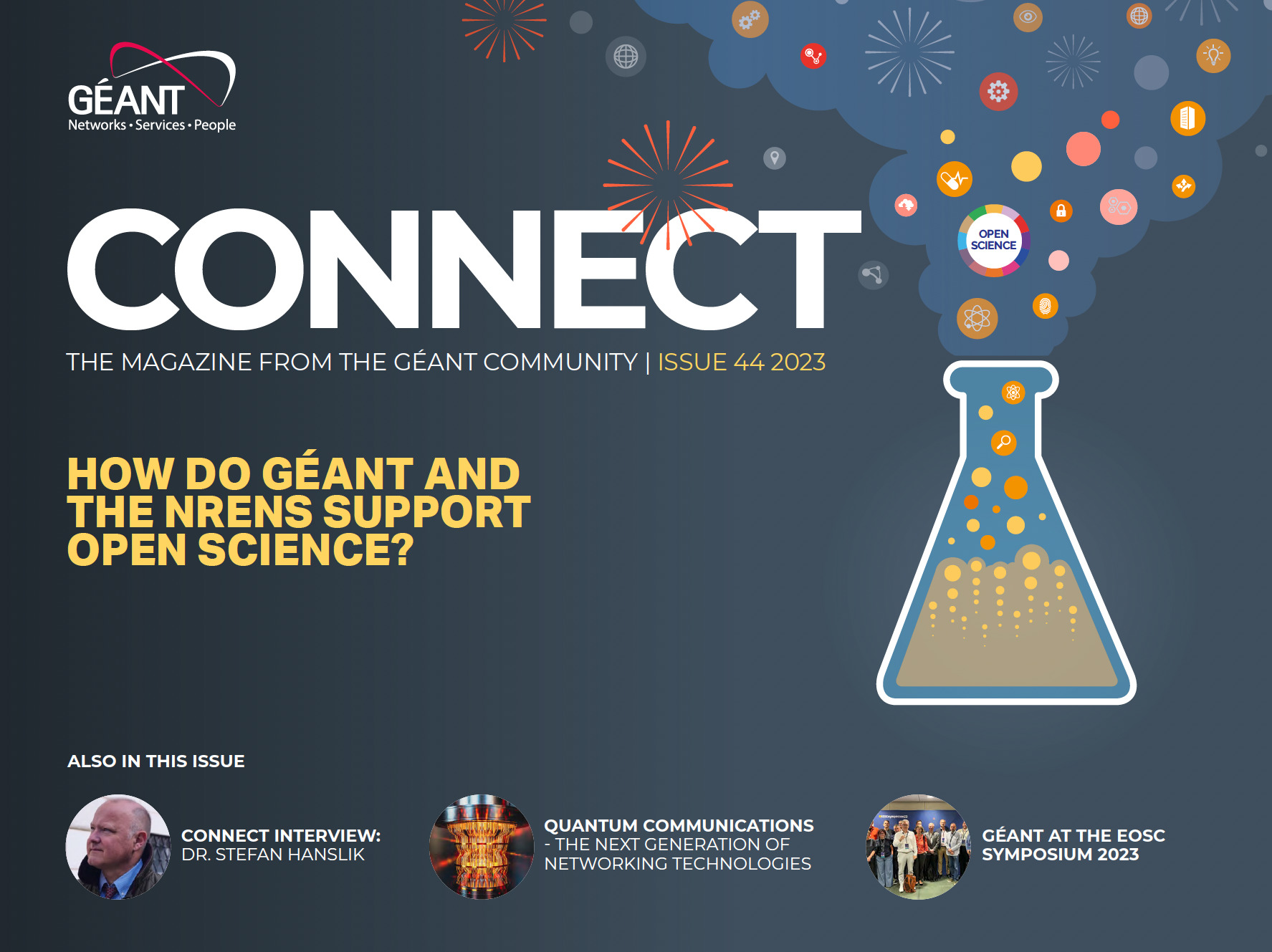Quantum computing has long been considered to be the next revolution in computing. Quantum computers will, it is claimed, be able to solve complex problems that would take existing supercomputers weeks or months to complete, in a matter of seconds. Alas, up until now, the largest quantum computer has reached only 433 qubits and these computers use massively more power than “traditional” computers yet cannot solve many real-world problems as fast as, let alone faster, than existing computer systems. The era of easy-to-use, cost-effective quantum computing is still in the future.
However, quantum technologies are already being used in other fields and one of the most interesting and exciting opportunities is the field of quantum networking and in particular Quantum Key Distribution (QKD).
QKD actually uses one of the characteristics of quantum fields that make quantum computers so difficult to build as a core element of its design. The sensitivity of photons to interference helps give QKD its advantage.
QKD is a mechanism to send keys – usually encryption keys – across networks in a way that is both highly secure and also impossible to intercept and this is extremely important when systems are using symmetric encryption keys. In symmetric encryption the same key is used to both encrypt and decrypt the data being sent. This is unlike asymmetric key encryption which uses one key to encrypt data and another to decrypt it.
Asymmetric keys are the bedrock of virtually every transaction across the internet. From securing WhatsApp messages so that only the receiver can view them, to encrypting your bank details as they pass from your bank to your phone, asymmetric keys are working hard to keep your data private.
However, they are working very, very hard. Asymmetric encryption and particularly decryption is very processor intensive and consumes a lot of power and takes a lot (relatively) of time. For a credit card number or text message this processing power is trivial, but for massive files or time sensitive data (live streaming for example, or data from radio telescopes) this increased processor power and time comes at a substantial cost. Symmetric encryption (where the same key is used) is by comparison much easier, quicker and therefore cheaper. However, the problem comes from the need to share these keys.
With asymmetric keys you can send your encryption key in plain text to the other party and, as long as you keep the decryption key safe, it will be virtually impossible for an eavesdropper to view the encrypted data. But if the eavesdropper is able to intercept a symmetric key, then they will be able to view all the data you are encrypting with it with impunity.
QKD – Private and Tamperproof
This is where QKD comes into its own. QKD uses the quantum states of individual photons to transfer information about the key between the two parties. It relies on these sensitive states to be unchanged and, most importantly, un-examined between the sender and the receiver. If an eavesdropper attempts to intercept these photons, then the very process of intercepting them will change their quantum state and the two parties will be able to identify that interception has taken place. QKD is in this way similar to the ancient wax seals placed on letters to ensure no-one has opened and read them in transit. Looking at the contents damages the letter, and the receiver knows that someone has read the message.
QKD therefore provides a way to share information between two parties and they can be confident that no-one has intercepted it.
However, most fibre optic communication networks – particularly inter-city or international – rely on repeater stations between the sending and receiving nodes to take in the signal and reboost it. This is because fibre optics are never perfect, and signals are attenuated as a result of travelling through the fibre optic. These intermediate repeaters are Raman Amplifiers which take in the weakened signal and boost it back up before transmitting across the next leg of the journey. Unfortunately, these amplifiers destroy the quantum coherence of the signal and so stop QKD working. The amplifiers act exactly like eavesdroppers would and so the key transfer system breaks down.
The only way to avoid this issue is to either restrict connections to those paths which can be managed without repeater devices or to implement trusted nodes at these intermediary points. These trusted nodes essentially act like Victorian era telegraph operators, taking in the message from one circuit, copying it down, then passing it on to the next in line. This is of course a major security issue with the use of QKD across many nodes as it would be difficult, if not prohibitively expensive, to implement. Although lab tests have demonstrated QKD transfers over up to 600km of fibre, in the real-world 10-20km has been the practical limit. For this reason, the majority of QKD implementations so far have been within metro areas and have been implemented for government and financial institutions.
QKD and the GÉANT Community
The GN5-1 project has given the GÉANT community a unique opportunity to investigate how QKD can be used outside the metro areas and if it would be extendable to a pan-NREN and pan European environment.
The newly created dark fibre services across Europe provide GÉANT with direct access to high quality fibre optics with low noise, low attenuation, and known routing and technology end-to-end. As a result, GÉANT was able to undertake a study of the network documentation before having to undertake field tests and installing on-site equipment.
These tests have been highly successful over connections up to nearly 600km and the full results will be published shortly.
One major advantage of this work has been the ability to test the quality of the network infrastructure which will enable other technologies and techniques to be used in fields such as time and frequency services and ultra-high-performance networking.

Read or download the full magazine here







